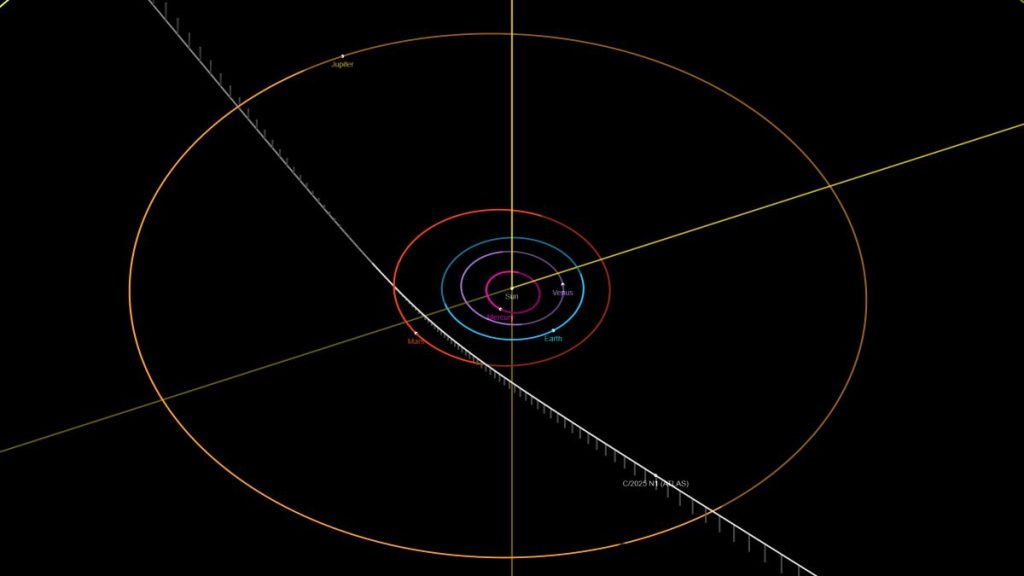The discovery of interstellar comet 3I/ATLAS has reignited a quiet but determined contest between the world’s two leading powers.
Others are reading now
While scientists promote open cooperation in studying the rare visitor, intelligence agencies in both Washington and Beijing view it as an opportunity to expand their reach in deep-space monitoring and data control.
Science meets strategy
First observed in 2024, comet 3I/ATLAS has become a scientific and strategic focus.
The object, travelling from beyond the solar system, prompted the United States and China to intensify observation programmes aimed at studying its composition and behaviour.
Researchers see it as a window into distant star systems, but government agencies see something more, a chance to test national capabilities in long-range detection, data processing and signal analysis.
While astronomers such as Harvard physicist Avi Loeb argue for full transparency, both countries have tightened access to their findings.
Also read
Data from NASA’s Hubble and James Webb Space Telescopes and from China’s Purple Mountain Observatory are now monitored and filtered through national intelligence channels.
Officials say this is necessary for “strategic space awareness,” but critics warn it risks turning discovery into secrecy.
China VS. USA
In response to recent interstellar discoveries, China has expanded its deep-space observation capacity.
The FAST Radio Telescope and Miyun Observatory have been tasked with tracking 3I/ATLAS for any unusual radio signals or patterns.
No anomalies have been reported publicly, but the Chinese National Space Administration continues to classify most raw data.
Also read
NASA and partner institutions have used multiple missions, including the James Webb and Hubble telescopes, to analyse the comet’s makeup.
Scientists have detected traces of water vapour, carbon dioxide and organic molecules.
Behind the scenes, American intelligence agencies are said to classify segments of these datasets to maintain what officials call “strategic superiority” in interpreting space information.
Data firewalls rising
Both countries have built new barriers around deep-space data.
Astronomers have criticised what they describe as “data nationalism,” warning that it limits collaboration and slows discovery.
Also read
Harvard’s Galileo Project, led by Loeb, has called for transparent sharing of all interstellar data to ensure that science remains global rather than geopolitical.
Artificial intelligence has become central to this contest. China’s Chang’e Data Processing Centre and NASA’s Frontier Development Lab both use machine learning to predict the comet’s movements and changing composition.
These algorithms, trained on vast cosmic datasets, now represent a new form of technological competition, one that values speed of analysis as much as scientific accuracy.


